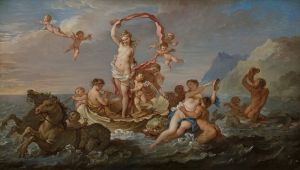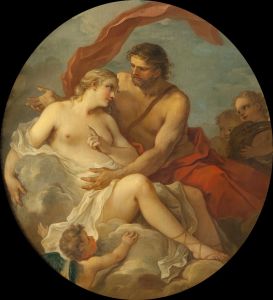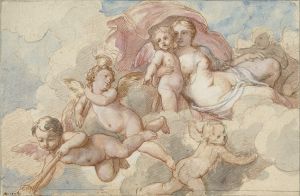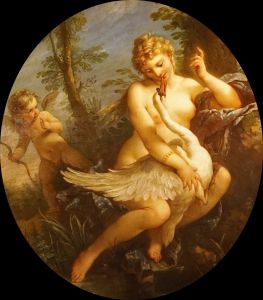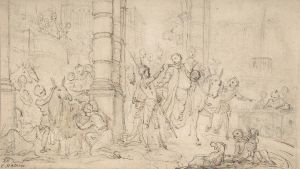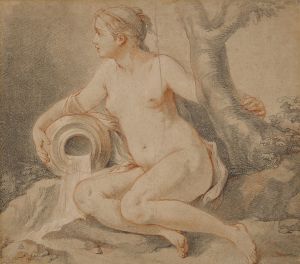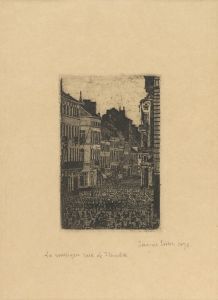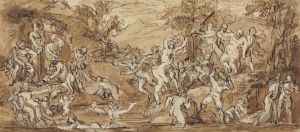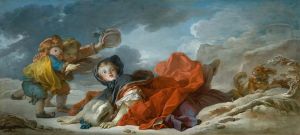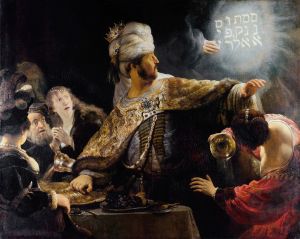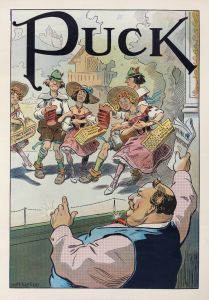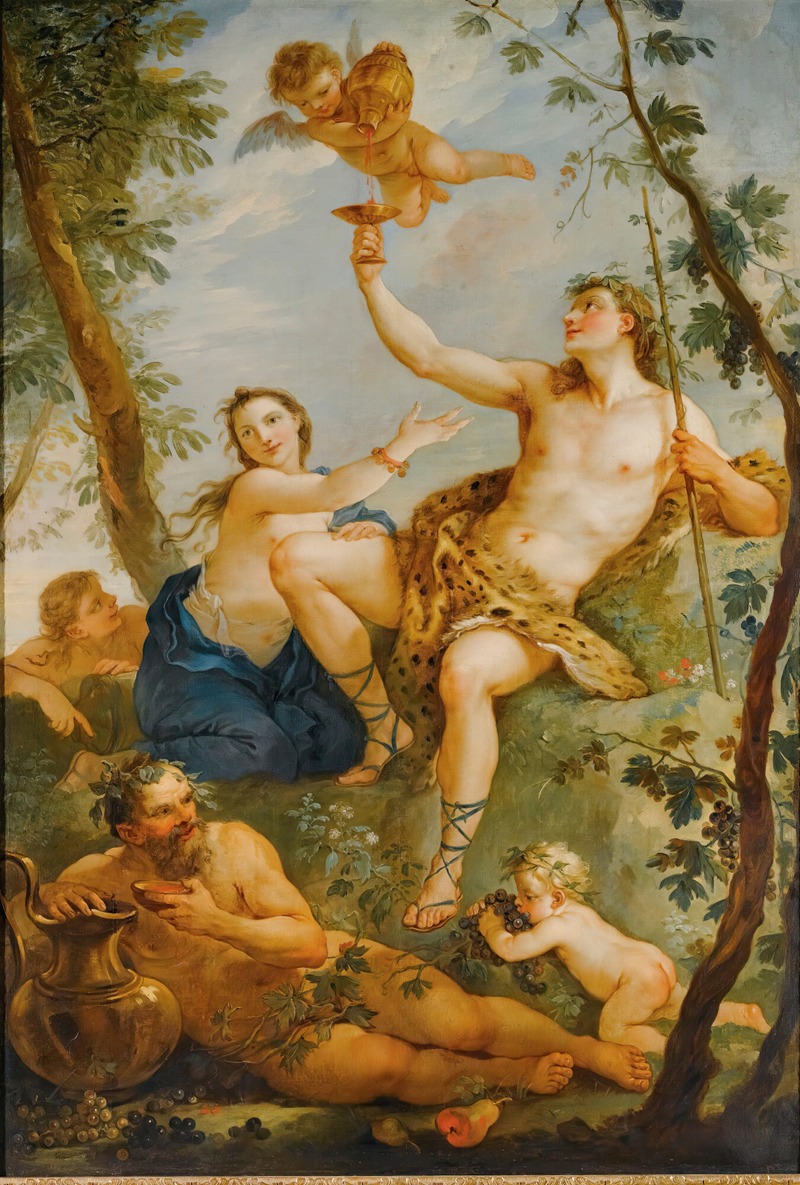
The Triumph Of Bacchus
A hand-painted replica of Charles-Joseph Natoire’s masterpiece The Triumph Of Bacchus, meticulously crafted by professional artists to capture the true essence of the original. Each piece is created with museum-quality canvas and rare mineral pigments, carefully painted by experienced artists with delicate brushstrokes and rich, layered colors to perfectly recreate the texture of the original artwork. Unlike machine-printed reproductions, this hand-painted version brings the painting to life, infused with the artist’s emotions and skill in every stroke. Whether for personal collection or home decoration, it instantly elevates the artistic atmosphere of any space.
Charles-Joseph Natoire's "The Triumph of Bacchus" is a notable example of 18th-century French Rococo painting. Natoire, a prominent artist of his time, was known for his mastery in depicting classical and mythological themes with a distinct elegance and decorative flair. Born in 1700 in Nîmes, France, Natoire trained under the tutelage of Louis Galloche and François Lemoyne, both influential figures in the French art scene. His education and early influences are evident in his works, which often reflect the grandeur and sophistication characteristic of the Rococo period.
"The Triumph of Bacchus" captures a scene from classical mythology, focusing on Bacchus, the Roman god of wine, revelry, and ecstasy. This painting is a celebration of Bacchus's divine attributes and his entourage, often depicted in a state of joyous abandon. The composition typically includes a procession with Bacchus at the center, surrounded by satyrs, nymphs, and other mythological figures, all engaged in a festive celebration. Natoire's skillful use of color and light enhances the dynamic movement and exuberance of the scene, drawing the viewer into the mythological narrative.
Natoire's work is characterized by its delicate brushwork and the harmonious arrangement of figures, which are hallmarks of the Rococo style. This style emerged in early 18th-century France and is known for its ornate detail, lightness, and emphasis on themes of love, nature, and playfulness. "The Triumph of Bacchus" exemplifies these qualities, with its lively composition and the sensual portrayal of its subjects.
Throughout his career, Natoire received numerous prestigious commissions, reflecting his esteemed status in the art world. He was appointed as the director of the French Academy in Rome in 1751, a position that further solidified his influence and allowed him to mentor a new generation of artists. His tenure in Rome also provided him with the opportunity to study classical art and architecture, which continued to inform his work.
While specific details about the creation and current location of "The Triumph of Bacchus" are not extensively documented, Natoire's oeuvre remains significant in the study of Rococo art. His contributions to the decorative arts, including his work on the interiors of the Hôtel de Soubise in Paris, showcase his versatility and the breadth of his artistic vision.
Natoire's legacy is preserved through his paintings, which continue to be appreciated for their technical skill and the way they encapsulate the spirit of their time. "The Triumph of Bacchus," like many of his works, offers insight into the cultural and artistic milieu of 18th-century France, reflecting the period's fascination with classical antiquity and its pursuit of beauty and pleasure.
In summary, Charles-Joseph Natoire's "The Triumph of Bacchus" is a quintessential Rococo painting that celebrates the mythological figure of Bacchus through a vibrant and elegant composition. Natoire's work remains an important part of art history, illustrating the themes and stylistic elements that defined the Rococo era.





